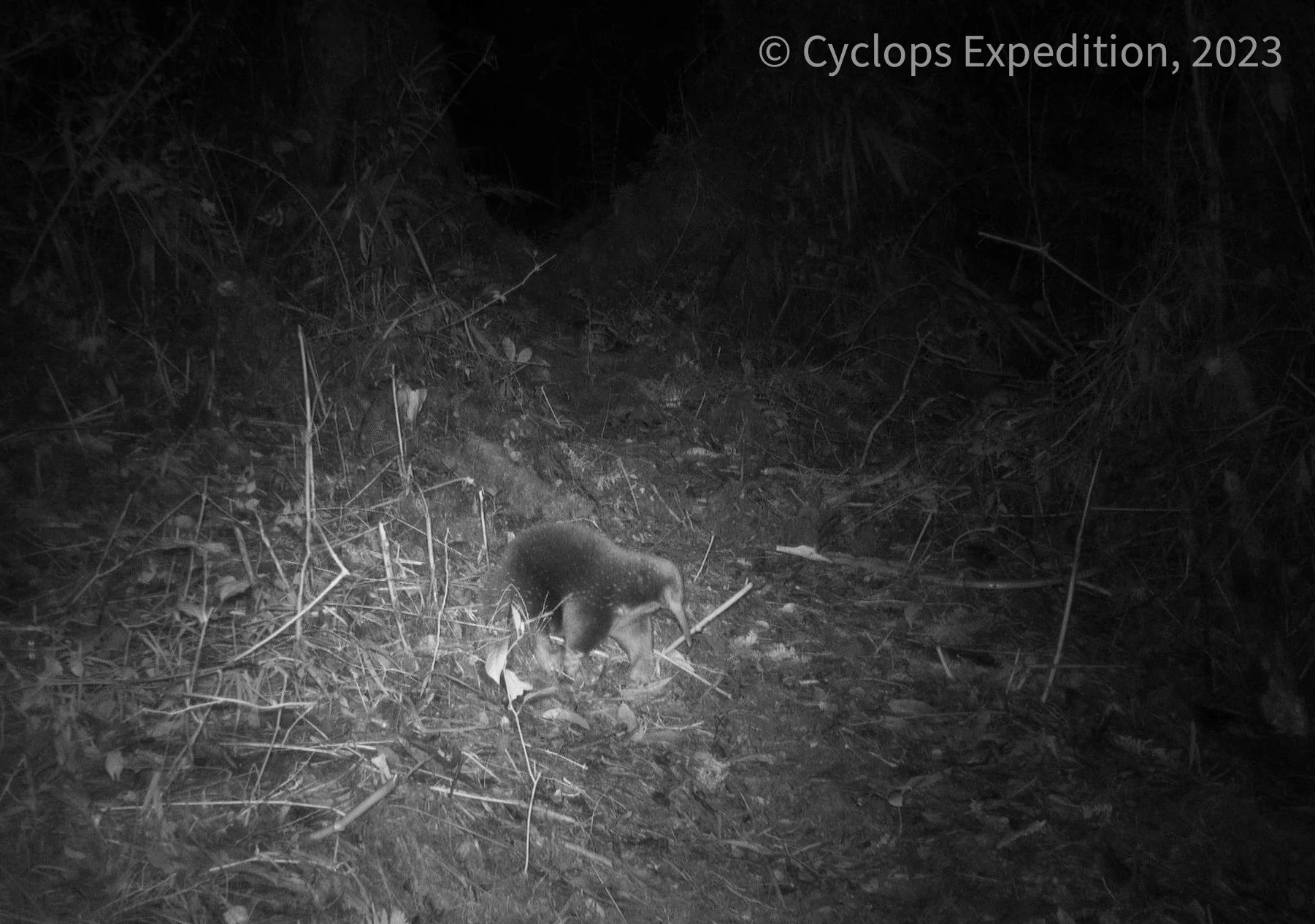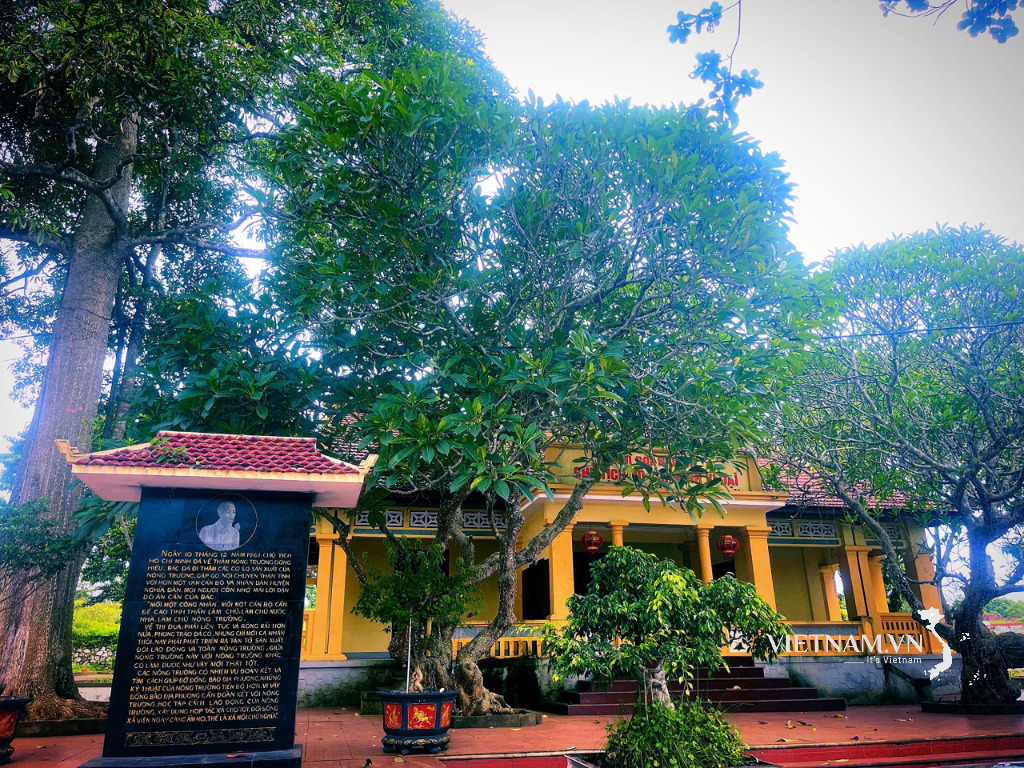An Attenborough long-beaked echidna, named after British naturalist David Attenborough, was photographed by a trail camera on the final day of a four-week expedition led by scientists from the University of Oxford, according to Reuters.
After descending the mountain at the end of the trip, biologist James Kempton found an image of the tiny creature walking through the dense forest, on the last of the memory cards retrieved from more than 80 cameras.

An echidna appears in the camera image of the research team
“I felt incredibly excited and also relieved to have spent so much time in the field without getting any reward until the very last day,” said Mr Kempton.
“I shouted to my colleagues who were still lingering… and said ‘we’ve found it, we’ve found it’. I ran from my desk into the living room and hugged everyone,” Mr Kempton said, describing the moment he first spotted the animal with collaborators from Indonesian conservation group YAPPENDA.
The family Echidna (scientific name: Tachyglossidae ) includes mammals called echidnas, sometimes also called spiny anteaters, in the order Monotremata . The four extant species of echidnas and the platypus are the only mammals that lay eggs. Echidnas are also named after a half-woman, half-snake creature in Greek mythology, and the species is described by the team as nocturnal, shy, and notoriously elusive cave-dwelling creatures.
“The reason it looks so different from other mammals is because it is a member of the order Monotremes – an egg-laying group that split off from the rest of the mammal class about 200 million years ago,” said Kempton.
This species has only been recorded once before in the scientific literature by a Dutch botanist in 1961. Another species of echidna is found throughout Australia and the New Guinea lowlands.
Mr Kempton's team overcame an earthquake, malaria and even a leech stuck to their eyeball during their expedition, working with the local village of Yongsu Sapari to navigate and explore the remote north-eastern region of Papua.
According to elders in Yongsu Sapari village, the echidna is embedded in local culture, including a tradition that conflicts are resolved by sending one party into the forest to search for the mammal and another to the sea to search for marlin.
Both animals are considered so elusive that it often takes decades or generations to locate them, but once found, the animals symbolize an end to conflict and a return to friendly relations.
Source link





































































































Comment (0)